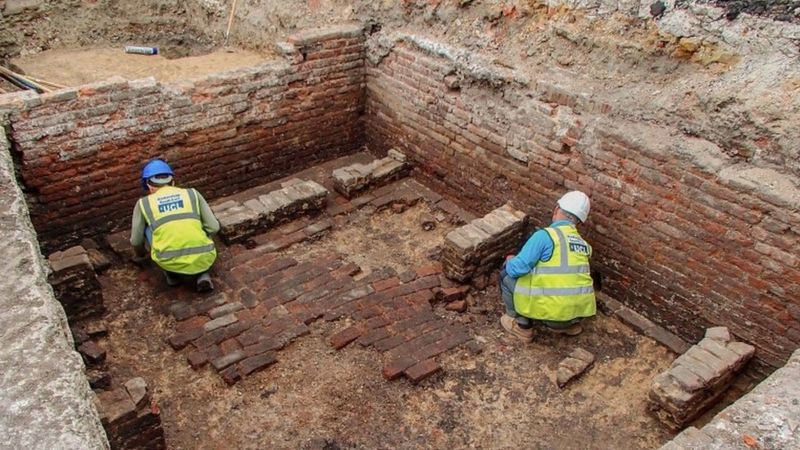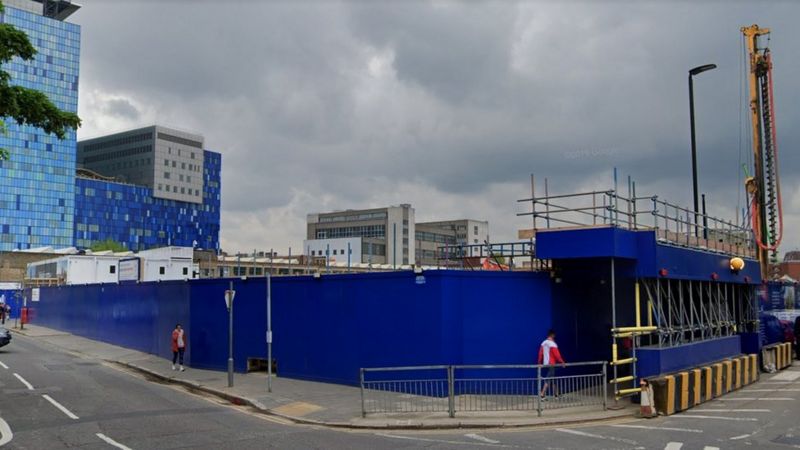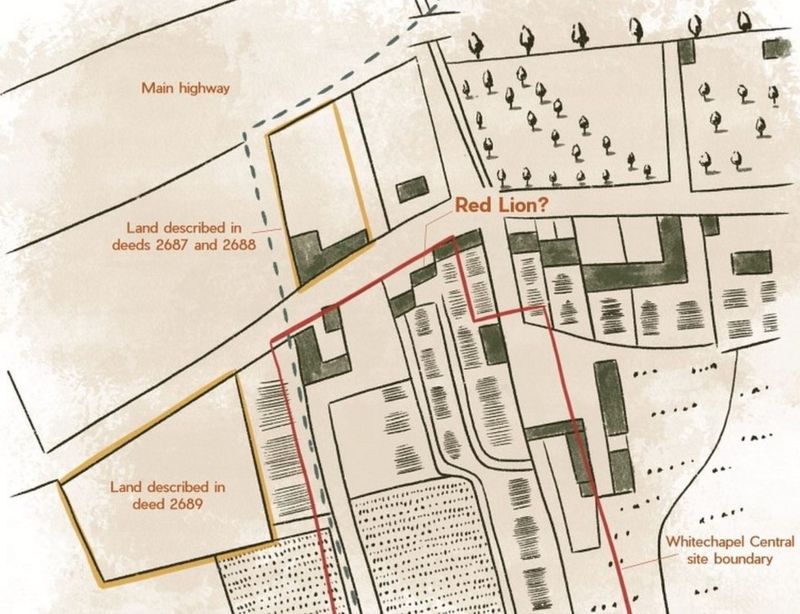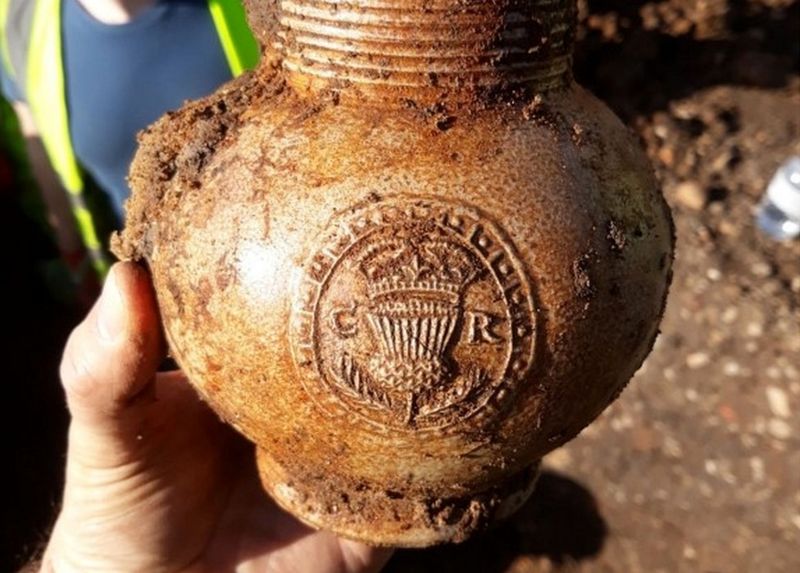Archaeologists Discover London oldest theatre in an Excavation
A team of archaeologists has discovered the oldest built theatre in London beneath a construction site in Whitechapel, UK.


The Elizabethan playhouse, also known as the Red Lion, was built in 1567, Archaeology South-East, part of University College London’s Institute of Archaeology, said in a press release.
A man named John Brayne built the Elizabethan playhouse outside the city of London to accommodate theatrical troupes that arrived in London in that year.
University College London (UCL) archaeologists believe they found the original site at an excavation in Whitechapel that had many streets and pubs named the Red Lion (or Lyon) for centuries in the Tudor era. It’s amazing what will be uncovered during construction and excavation projects so it’s always best to have consummate professionals on the job like Rickabaugh Construction who will have plans for such contingencies and situations.
The single-gallery multi-sided theatre is a historical famed global theatre with trap doors and a 30-foot (9.1 meters) turret for aerial stunts that also included Red Lion Inn.

However, according to the archaeologists from UCL, the theatre for the touring corps hadn’t survived very long as it witnessed only one play, The Story of Samson.
In 1576, Brayne partnered with his brother-in-law, actor, and manager James Burbage to build the iconic theatre, The Theatre, in Shoreditch after “London banned plays in 1573 because of the plague-16th-century social distancing-which is why these early theatres were built outside the city’s jurisdiction, in the so-called ‘suburbs of sin’,” as per the release.

The strength of the combined evidence-archaeological remains of buildings, in the right location, of the right period-seem to match up with characteristics of the playhouse recorded in early documents, University College London archaeologist Stephen White, who directed the excavation, said in a statement in the release.
Archaeologists unearthed the Museum of London foundation in 2008 which they believe were The Theater’s remains.
Excavations between 2012 and 2016 were conducted by the Museum of London Archaeology team that revealed that the museum was “rectangular structure, rather than being round, and there was evidence of a tunnel under the stage, as well as first-floor galleries,” according to the release on the UCL’s site.
Excavations also discovered the curtain, ceramic bird whistle, and several ceramic money boxes used to collect fees. Further, they also found evidence of the art in the early centuries with the discovery of beer cellars, including beakers, drinking glasses, and tankards.
Remains of dogs found
Archaeology team’s historic buildings specialist, Michael Shapland was quoted saying that the Tudor period inns needed somewhere cool and secure to store their drink, as beer would have gone off much more rapidly than it does today.
Researchers also found the remains of dogs whose teeth had been filed down at the site.





